The state of longform content
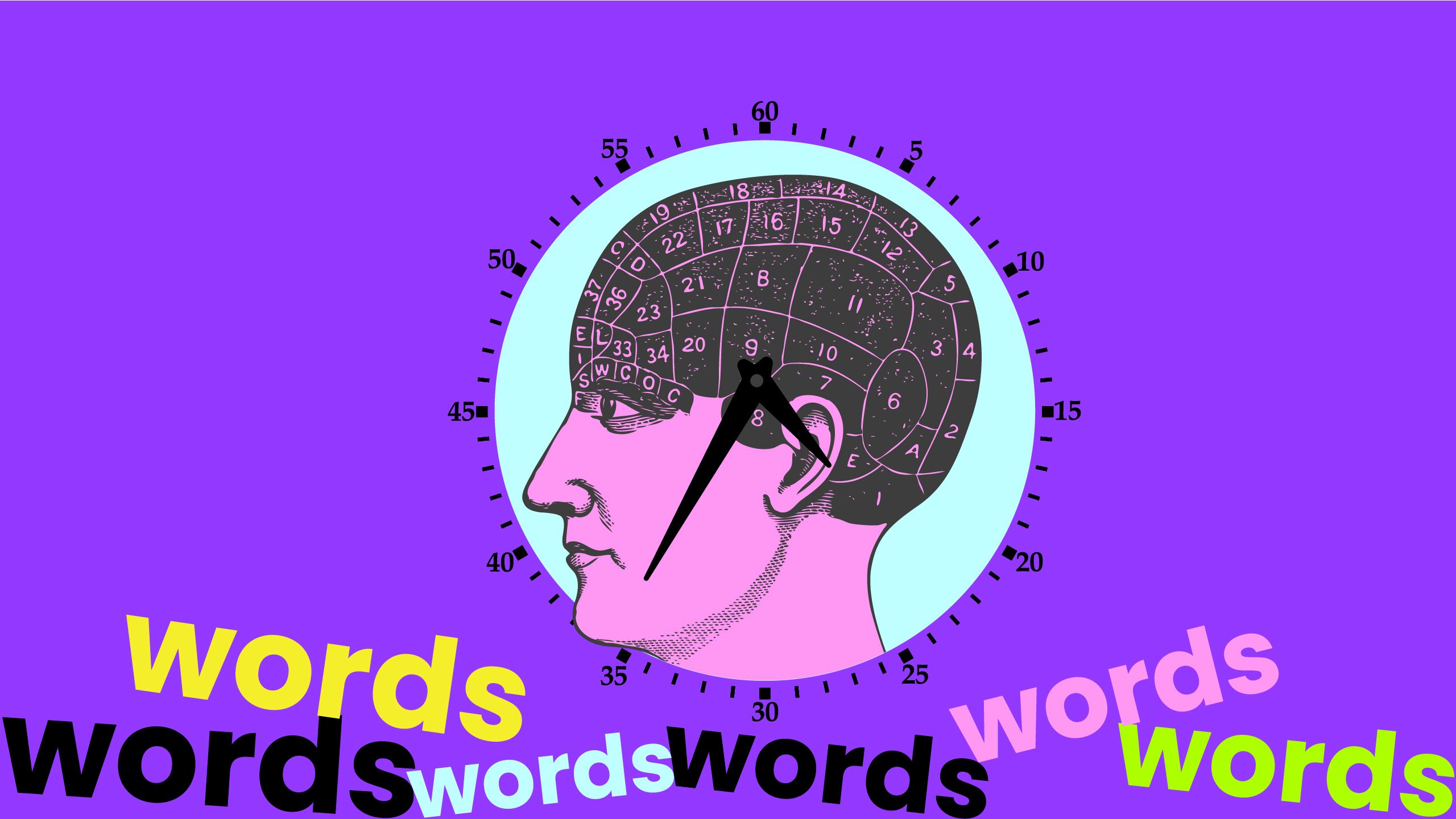
What’s working in longform these days? Kiera Abbamonte takes a look at the trends, and includes a few examples of the best longform content on the web.
Kiera Abbamonte
Kiera Abbamonte
Quick, which one is better: short or longform content?
A look at the types of content that gain traction on the internet today may have you choosing short-form, and you wouldn’t be alone. Short-form content formats are everywhere — ultra-brief TikTok videos, Snap Stories, and YouTube Shorts rule the battle for modern attention.
So it may surprise you to learn that, despite the much-touted shrinking of our collective attention spans, longform content is still effective for many brands and publishers — and it’s in high-demand from consumers, too.
So is bite-sized content the best way to your audience’s heart? Perhaps not. Let's find out about:
Honda, Penguin, and Tripadvisor craft content with Shorthand.
And so can you, with no code or web design training.
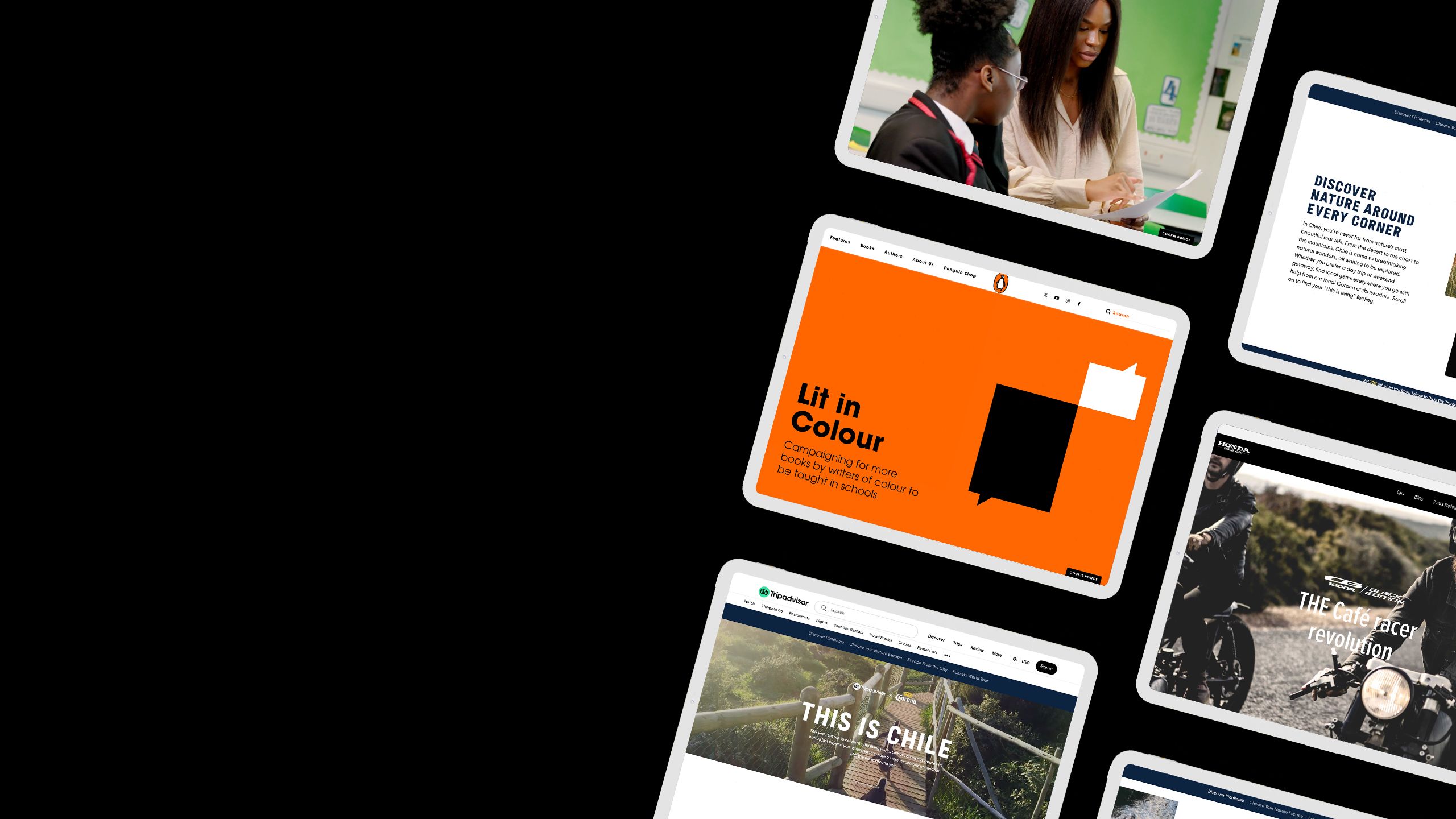
Quality, not brevity
The proliferation of short-form content, it turns out, is not necessarily a reflection of our supposedly shrunken attention spans (a claim that’s been largely debunked anyway) or even of a preference for brevity among audiences. Instead, it’s much more reflective of the sheer amount of content available to us today.
As growth and content marketer Brendan Hufford put it, it’s about our audience’s ‘consideration span’, rather than our attention span. The amount of time audiences consider engaging with a piece of content is very short. With so much content to consume, people simply don’t give bad content very much attention.
But the attention given to content that hooks them? There’s still plenty to go around. Audiences today have a bias toward quality, not brevity.




Debunked: There’s no real evidence that our attention spans are getting shorter.
When content is genuinely interesting, entertaining, or informative — and can convince consumers of this quickly — audiences are more than happy to bite into meatier pieces.
In fact, when longform content is done well (more on that ‘done well’ bit later!), it regularly yields better results than short-form content.
But with the resources required to produce high-quality long-form content, it’s important to get it right. Content creators need to be aware of what’s working in longform right now and ensure they can publish content that’s authentic, engaging, and genuinely interesting to their audience.
"People don't have short attention spans. They have a short consideration span."
Brendan Hufford
The rise of longform storytelling
Before we dive in, what do we mean when we say ‘longform content’? Definitions vary, but for our purposes here, longform content means written and multimedia content — blog posts, eBooks, guides, whitepapers, data stories, and so on — that contain more than 1000 words.
Now, let’s talk about how we got here.
When publishers first took to the web, they were accustomed to the limits of finite space in paper newspapers and magazines. But, with those physical constraints gone, publishers quickly began testing longer journalism.
When The New York Times published the now-famous Snow Fall: The Avalanche at Tunnel Creek in 2012, longform content gained a genuine foothold. Brands were quick to follow news and media outlets in testing longform pieces (HubSpot’s pillar content is one early example).
But without the resources of The New York Times or HubSpot, most longform content released by brands and smaller publications was still largely text-heavy, visually and mentally taxing to consume, and/or lived in a clunky PDF.
Today, digital storytelling platforms have made it easier, faster, and more accessible for creators of all kinds to produce immersive and engaging longform content like Snow Fall. Longform content is poised for a renaissance.
Why longform content works
It seems counterintuitive that there’s still a strong demand for longform stories — but when you look a little closer, it makes sense.
Consider the popularity of binge watching extended, multi-episode documentaries on Netflix (like The Last Dance or Making a Murderer) or the popularity of mammoth fantasy book series (like Game of Thrones). Even the average Stephen King novel falls somewhere between 400 and 600 pages.
Blog posts have steadily gotten longer, too. Over the past decade, average word count has grown by 77 percent.

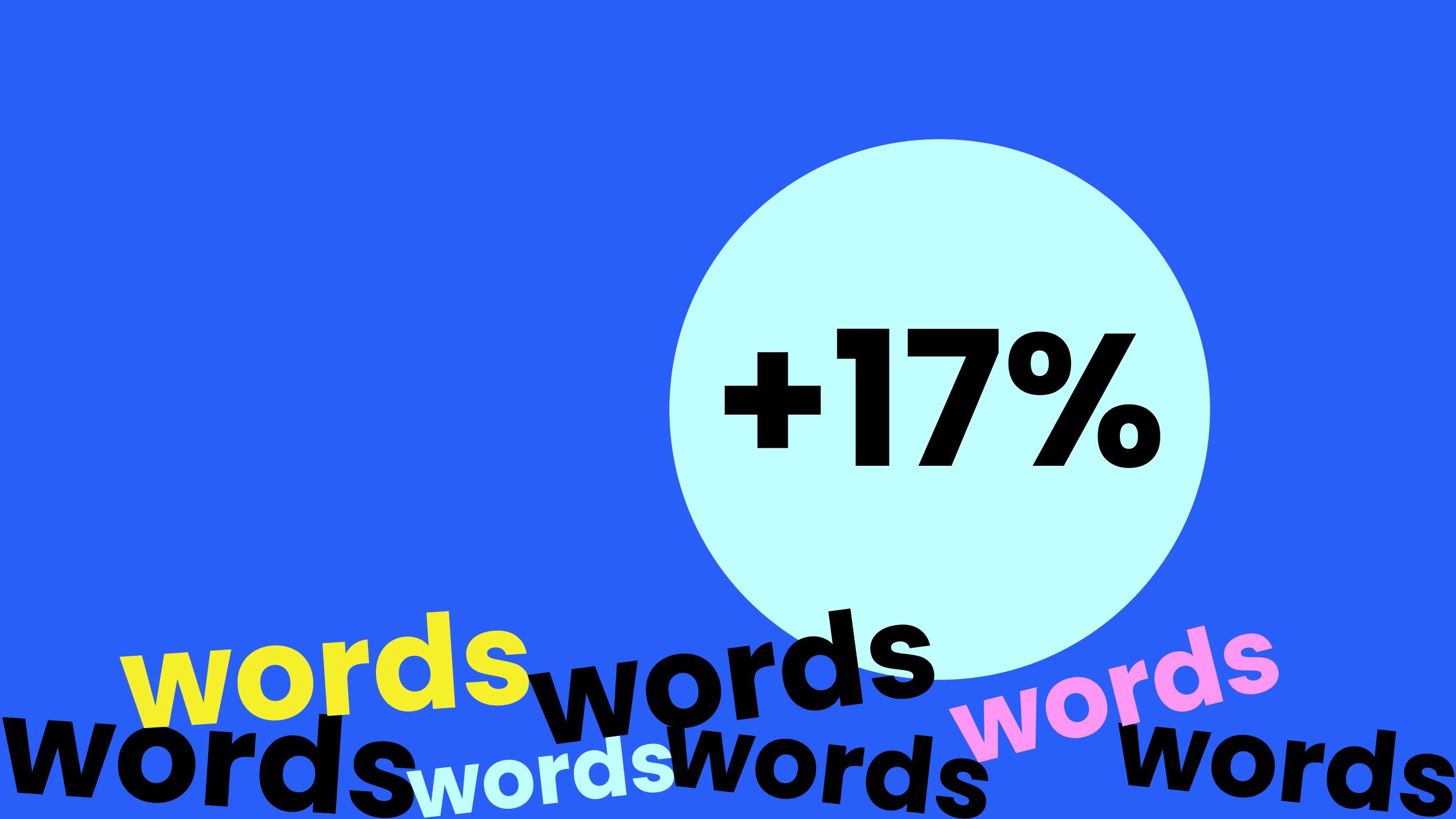
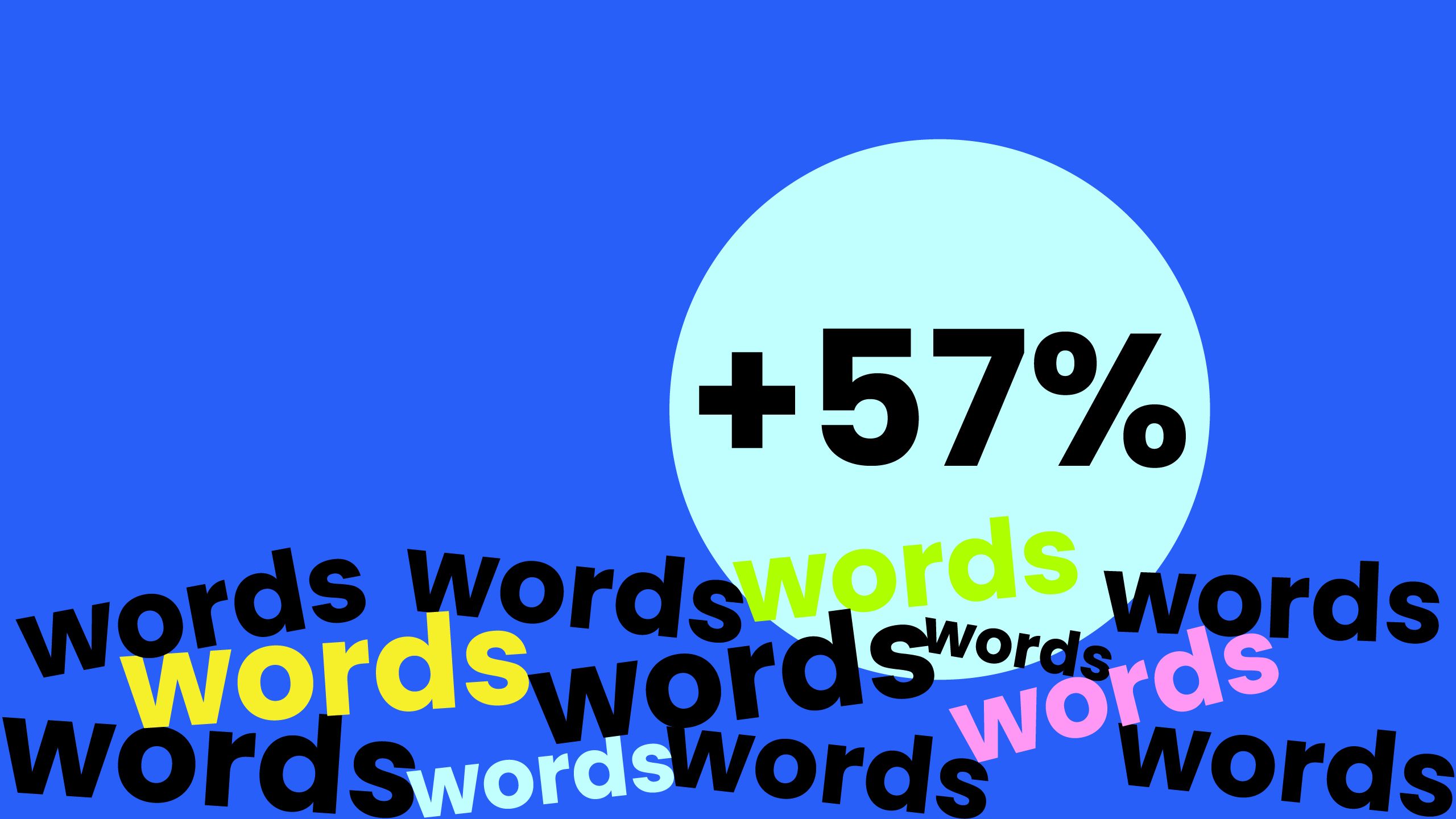
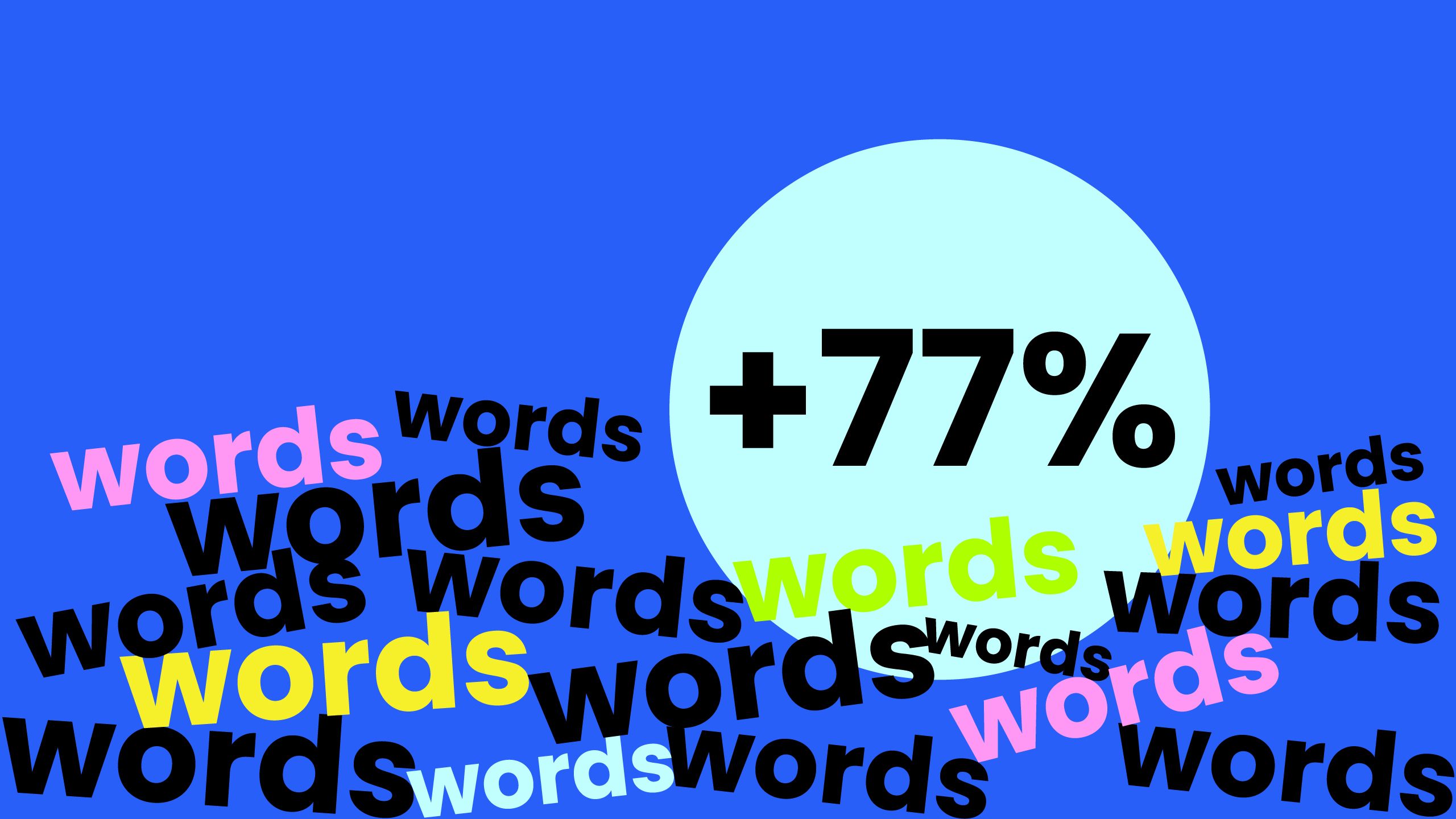
Average blog post word count up 77%
Prominent publications like Epic Magazine, BBC, Stuff, The Atlantic, and more — along with brands like Backlinko, Tripadvisor, and even Instagram — are specialising in long reads and longform content creation.
Longform content is thriving in 2024, for a number of reasons.
The backlash against short, low quality content
As search engine optimisation (SEO) became more prominent, many brands and publications chased after first page search engine rankings by churning out tonnes and tonnes of content. To make that feasible for most publishers, content had to be short and quick to produce — and that led to crappy, low-quality content all over the web.
As that tide was already beginning to turn when generative AI tools like ChatGPT became widely available in 2023, some brands once again rushed to publish more short, low-quality AI-generated content.
Both search engines and consumers recoiled at this. Audiences tune out poor-quality content. Search engine algorithms increasingly prioritise content quality over quantity, encouraging and rewarding creators writing longform content.
Longform content performs better
It’s clear that consumers prefer longform stories, too. Longform articles routinely perform better for brands and publications across a number of metrics:
- Backlinko’s analysis of 11.8 million Google search results found longform posts have a higher likelihood of ranking (and ranking higher) in search engine results pages (SERPs).
- Chartbeat research found that average engaged time on articles increases as word counts increase to 2000 words.
- Backlinko also found longform content generates more backlinks than short blog posts.
- An in-depth branded podcast with 1000 listens boasted higher engagement, per consumer, than a 30-second TikTok with 10,000 views, according to research by Digitalmarketer Blog.





1500 - 4000 words for optimum engagement
What's working in longform content?
Longform content can be incredibly effective — but it’s not as simple as writing 2000 words and calling it a day. The type of longform content you create, along with how it’s promoted and maintained, also has a big impact on results.
These are the trends we’re seeing work well in longform today:
Multimedia content: If there’s one big mistake you can make with longform content, it’s publishing a giant wall of 3000 words without some kind of visual or other multimedia content (static images, infographics, videos, data visualisations, even audio clips) to break up the text.
Data from Orbit Media shows the more visuals, the better, with blog posts featuring seven to 10 visuals driving the strongest results.
Check out some of our favourite examples of longform multimedia content.
Original research and data: Per Orbit Media’s data, the percentage of bloggers publishing original research nearly doubled from 2018 – 2023. Stack Overflow’s annual Developer Survey is a great example of a great longform story based on original data.
Gated content: When you spend more time and effort to build truly valuable, high-quality longform content, gating it is always a solid option. Orbit Media’s survey found 34% of respondents saw strong results from gated content.
Updating and reusing longform content: Publishers looking to get the most out of their longform investment are focusing more on continuously updating that content to maintain its value and relevance while repurposing across different channels and content formats, too. Zapier’s content strategy is a great example of using regular updates to preserve the value of your longform content.
7-10 images: 49% of bloggers who used 7-10 images per blog reported strong results
Source: Orbit Media

Three examples of longform content done well
As we mentioned above, longform content can be incredibly effective — when done well. Let’s dig into that a bit.
Here are a few content publishers that consistently put out top-notch longform content.
Layers of history
The building is located in Melbourne, but Arts Centre Melbourne’s reach extends well beyond that. The not-for-profit community organisation has published a number of lengthy, high-quality articles detailing historical costumes, stage productions, and more.
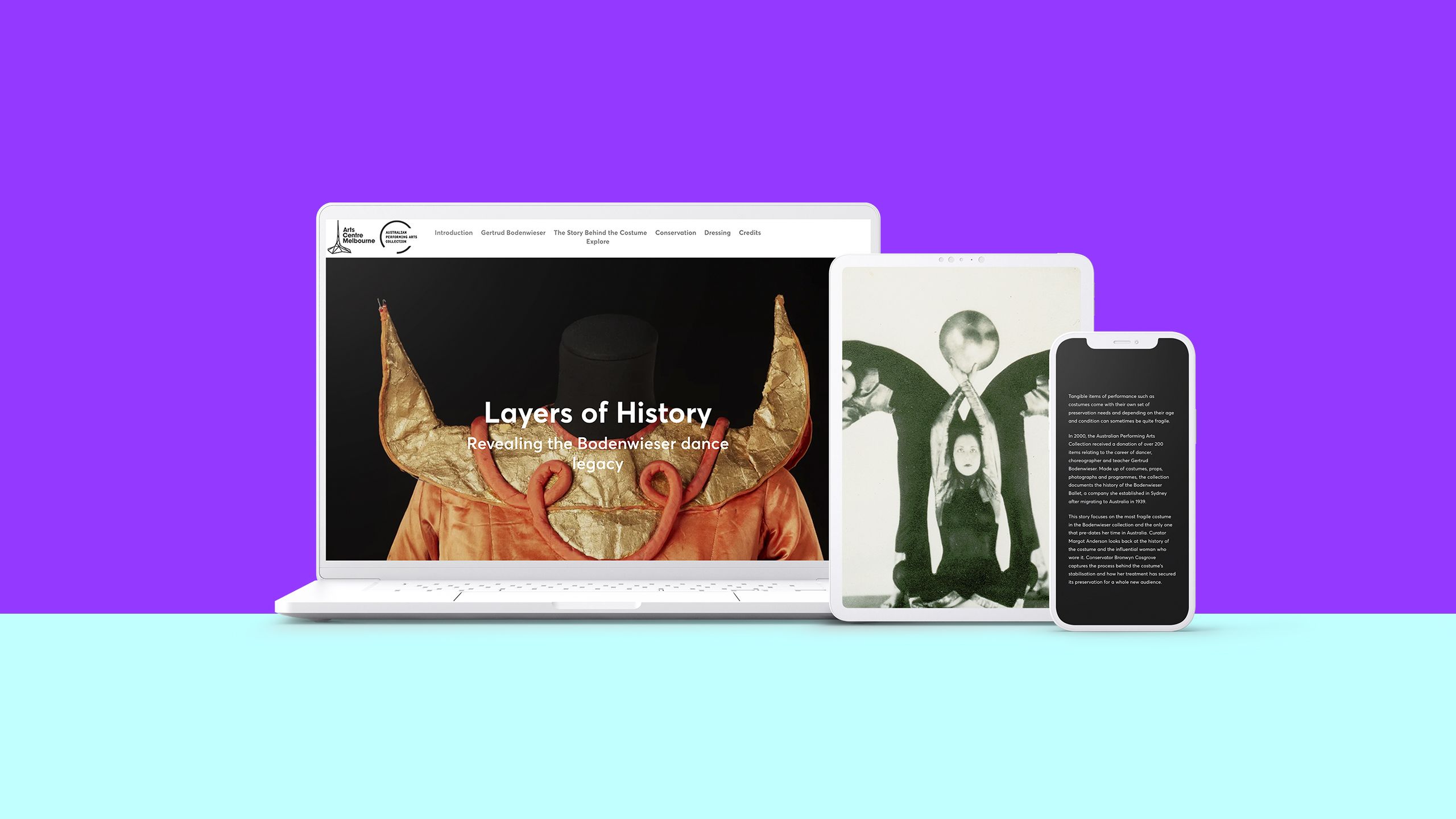

Food system resilience in the Middle East and North Africa
The World Bank’s report on Food System Resilience in the Middle East and North Africa is another excellent example of longform content built to engage.
It’s a long piece, but the type of content is varied throughout, with multimedia images, audio, and video content interspersed to break up digestible, bite-sized chunks of text. The table of contents along the top makes such a large webpage easy to navigate, too.

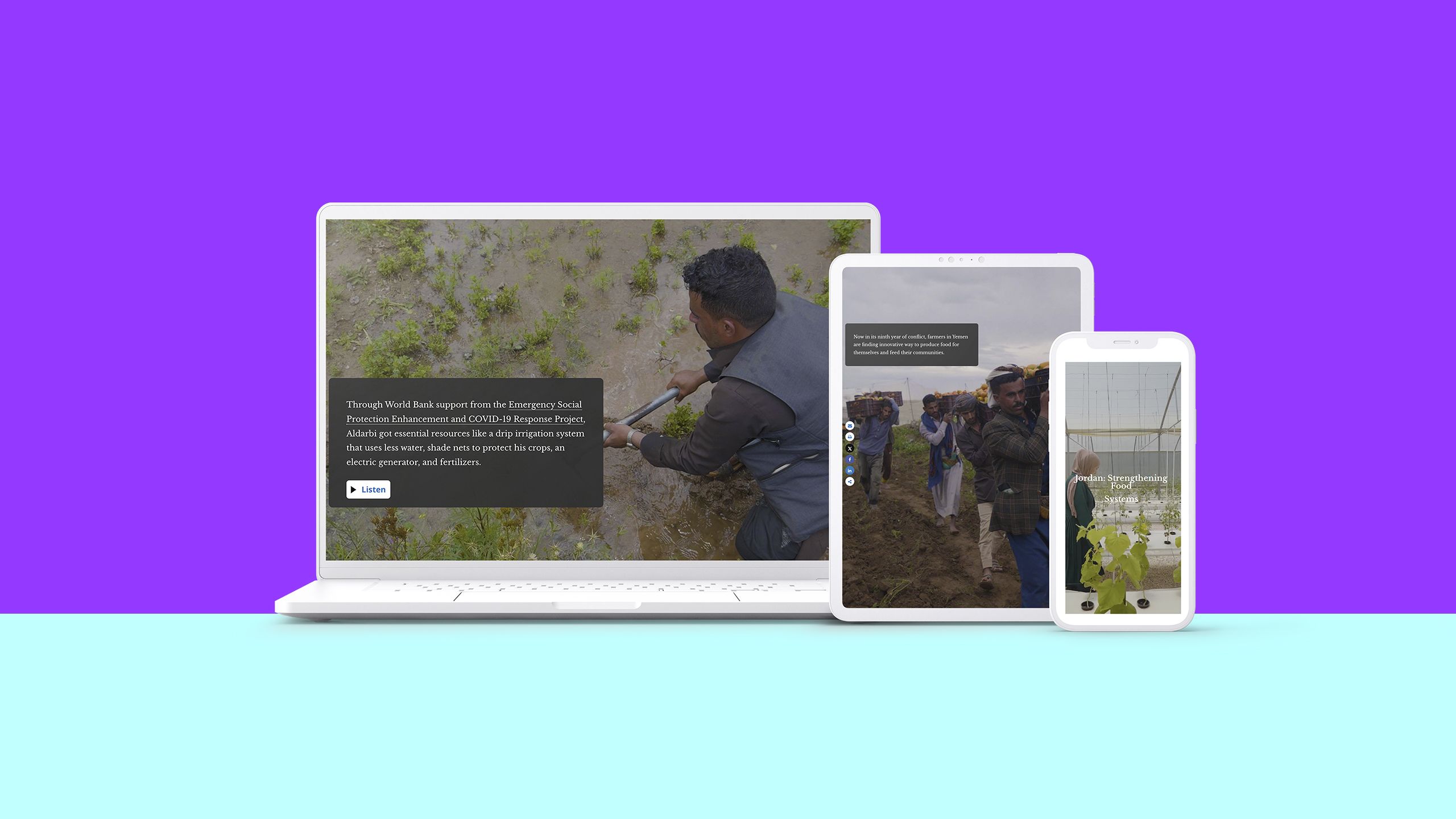
The Rise of Holger Rune
ATP Tour, the ‘global governing body of men’s professional tennis’, produces a mixture of short- and longform articles within its digital marketing strategy. This look at tennis player Holger Rune is a perfect example of knowing when to deploy longform.
Sports fans want to get to know the athletes they root for. That makes a player profile the perfect subject to draw in and engage readers with a longer, more in-depth piece. The article also includes images, video content, and pull quotes to help fully immerse readers in the story
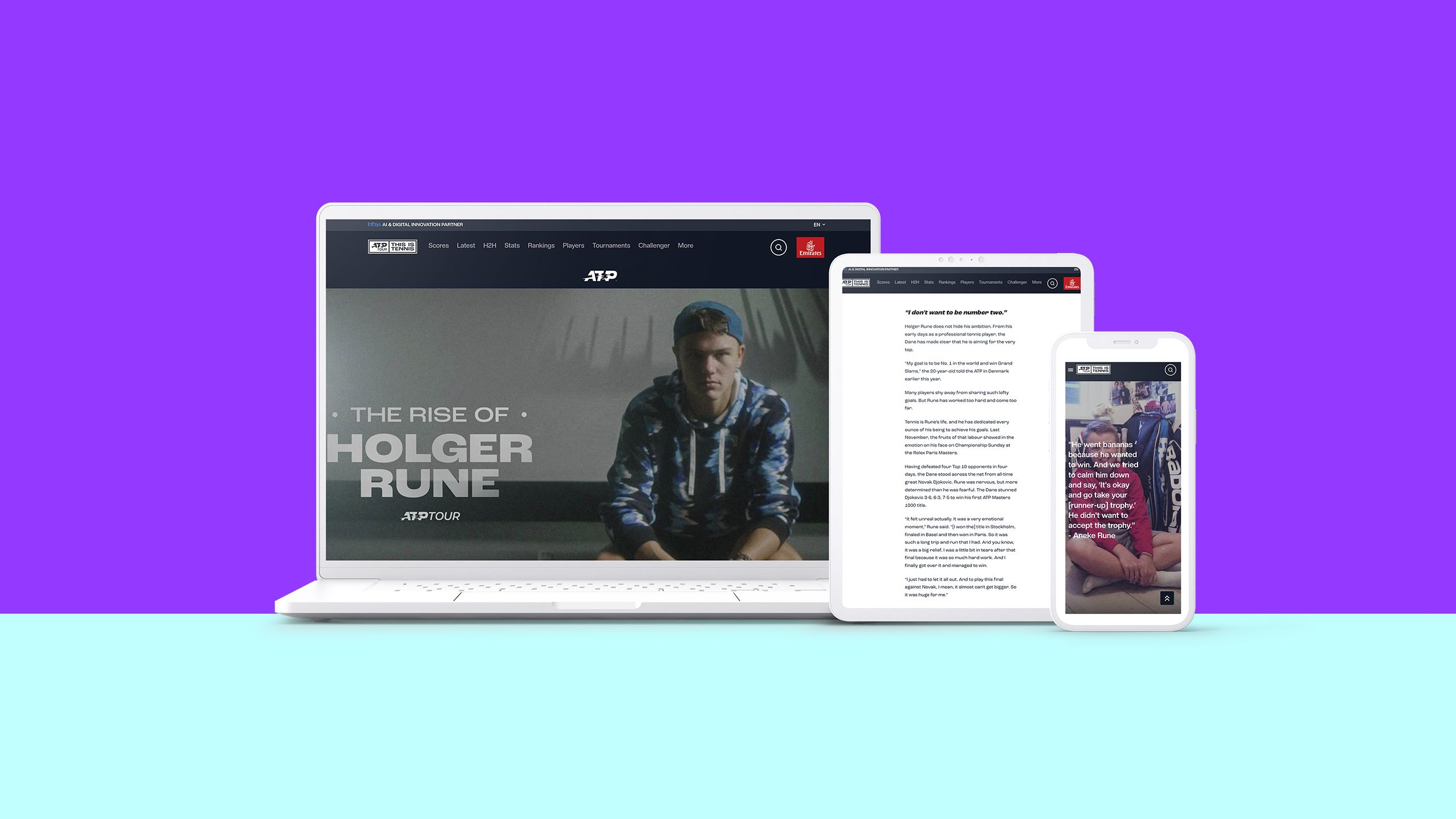
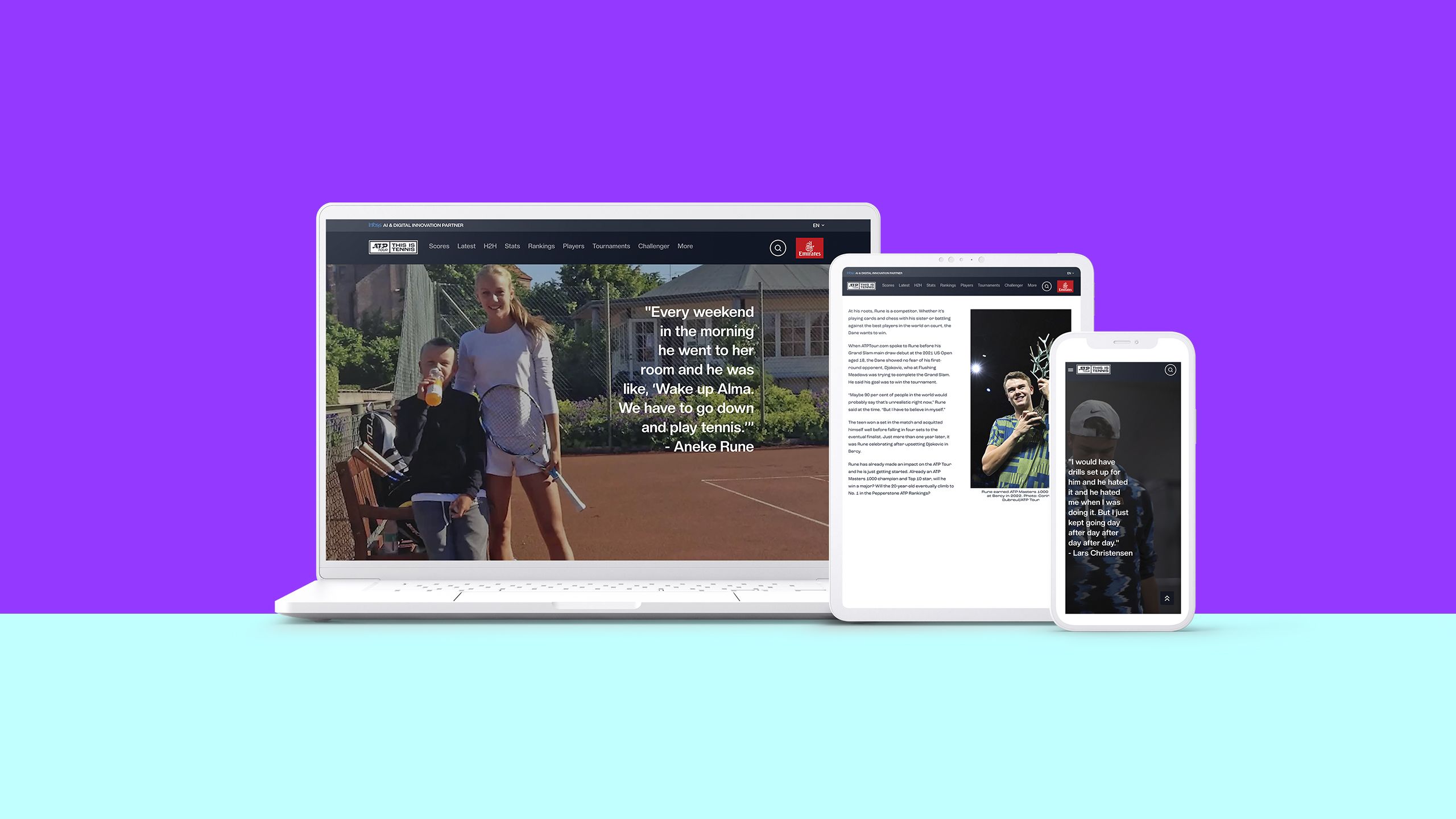
Tips for your longform content strategy
Longform content offers so many benefits for many brands and publications.
That said, it definitely does require more upfront investment, from reporting and writing to building visual assets, even hiring freelancers or dedicating additional in-house staff. If you’re making that investment, you need to get it right. That’s why it’s important to deploy longform content as part of a broader, well-defined digital marketing strategy.
Here are our tips to get you started:
- Based on the data available, target length for long-form pieces of content is — roughly — between 1500 and 4000 words. According to Chartbeat data, “between zero and 2000 words, average engaged time increases as word count increases,” but “once word count grows beyond 4000… The return on additional length is less certain.”
- That said, when determining the length of a content piece, start with your target audience and their search intent in mind. If you’re hoping to rank for a transactional ecommerce search term, for example, your target readers probably aren’t looking for a 4000-word manifesto.
- Prioritise readability. That means ensuring readers can easily navigate the article with a table of contents, as well as this you should include prominent headings, bullet-points, and avoid fluff by only including genuinely valuable information.
- Repurpose pieces of longform content across channels. Discuss longform case studies on your podcast, for example, or include a snippet of an article in your email marketing. Condense a data story into a digestible infographic to share on LinkedIn, or turn a lengthy tutorial into an evergreen webinar.
- Use modern tools — like Shorthand’s digital storytelling platform — to help keep longer content engaging and immersive, keep your content production workflow efficient and sustainable, and help measure the impact of your longer stories.
And last, here’s our number one tip: remember that it’s about quality above all. Attention spans aren’t getting any shorter — you just need to work harder to earn them.



Prioritise readability with contents, headings, bullet points and visuals.
Longform makes more sense for many brands and publishers
Short-form types of content certainly have their place, but longform makes more sense for the business models and goals of many brands and publishers.
Take subscription-based publications for example: readers are far more likely to happily pay a subscription or membership fee in exchange for high-quality, longform content. Longer articles also offer the opportunity to tease content upfront and hook readers before introducing a pay wall.
Competition in SEO continues to grow and both search and social media algorithms can change on a whim. So when a potential customer lands on your website, you need to make the most out of the opportunity. Longform content gives you more time and space to do this — to engage, build a relationship, and potentially convert customers in a venue you own and control.
For B2B brands and those with expensive or complex products, for example, longform content offers higher conversion rates with room to share more in-depth, valuable information along with a number of calls to action (CTAs).

